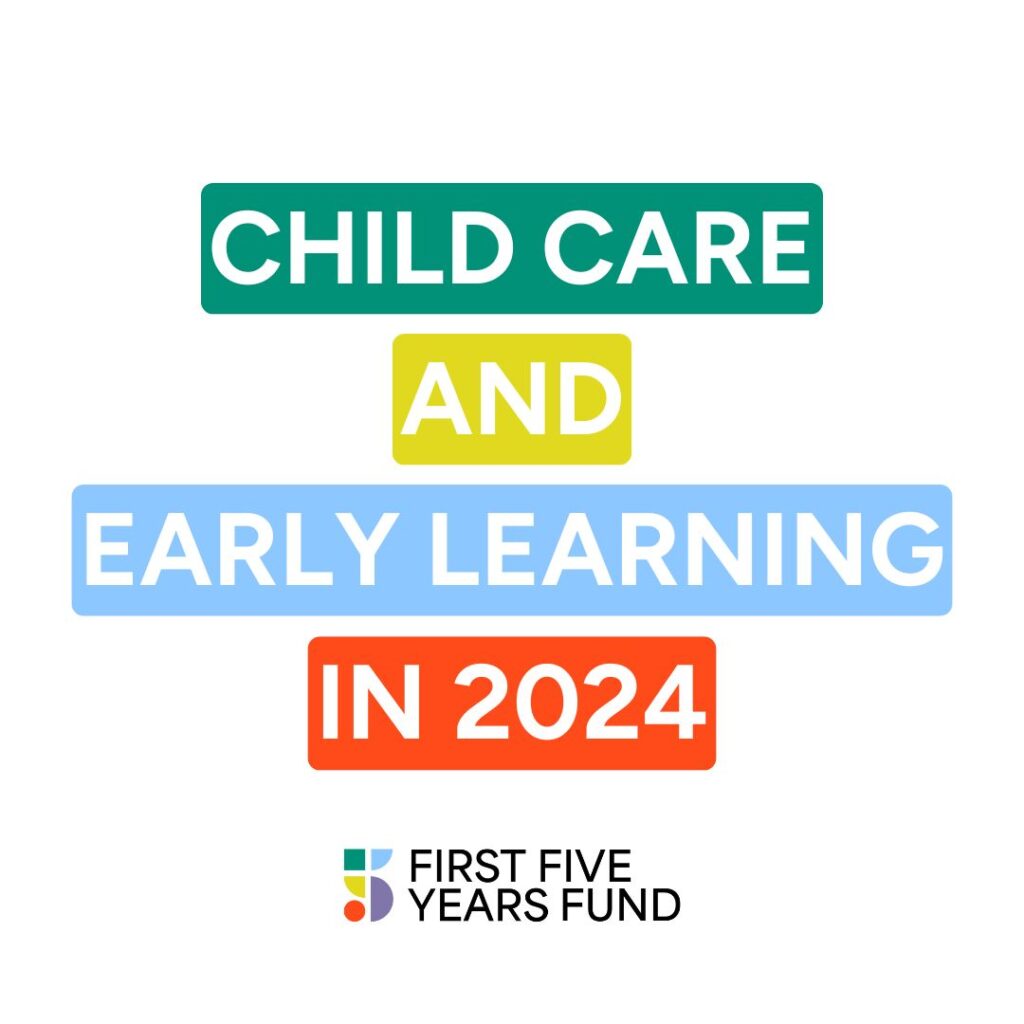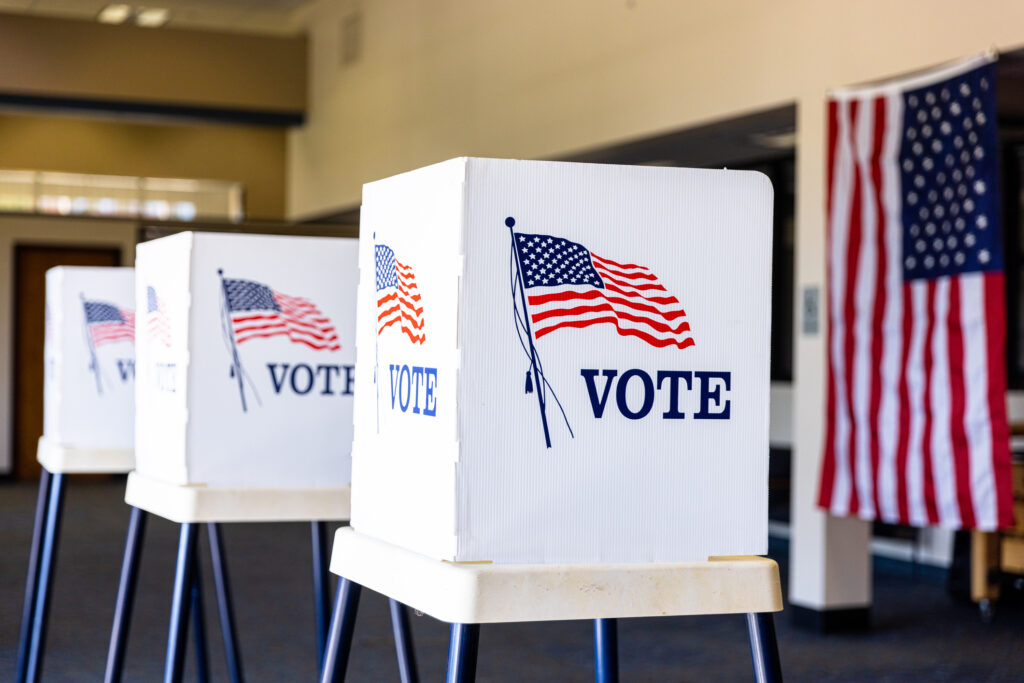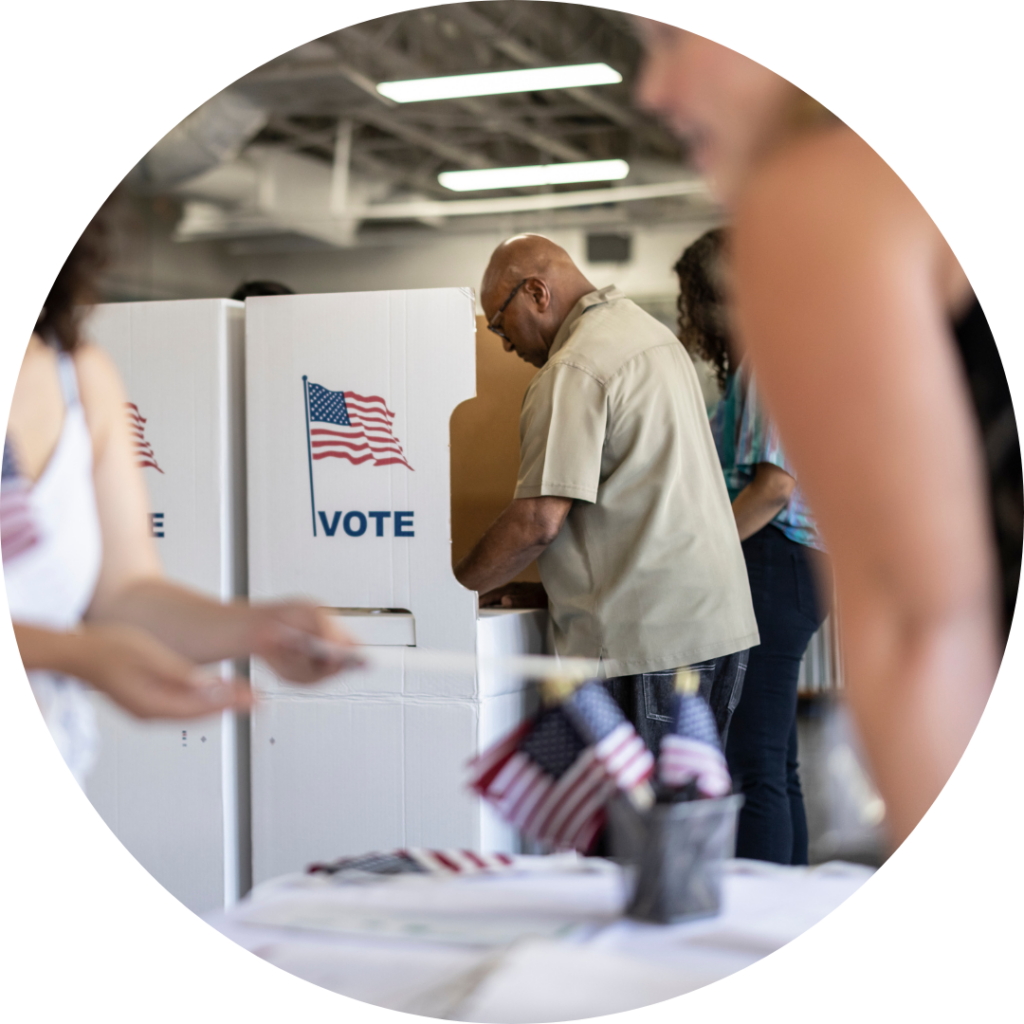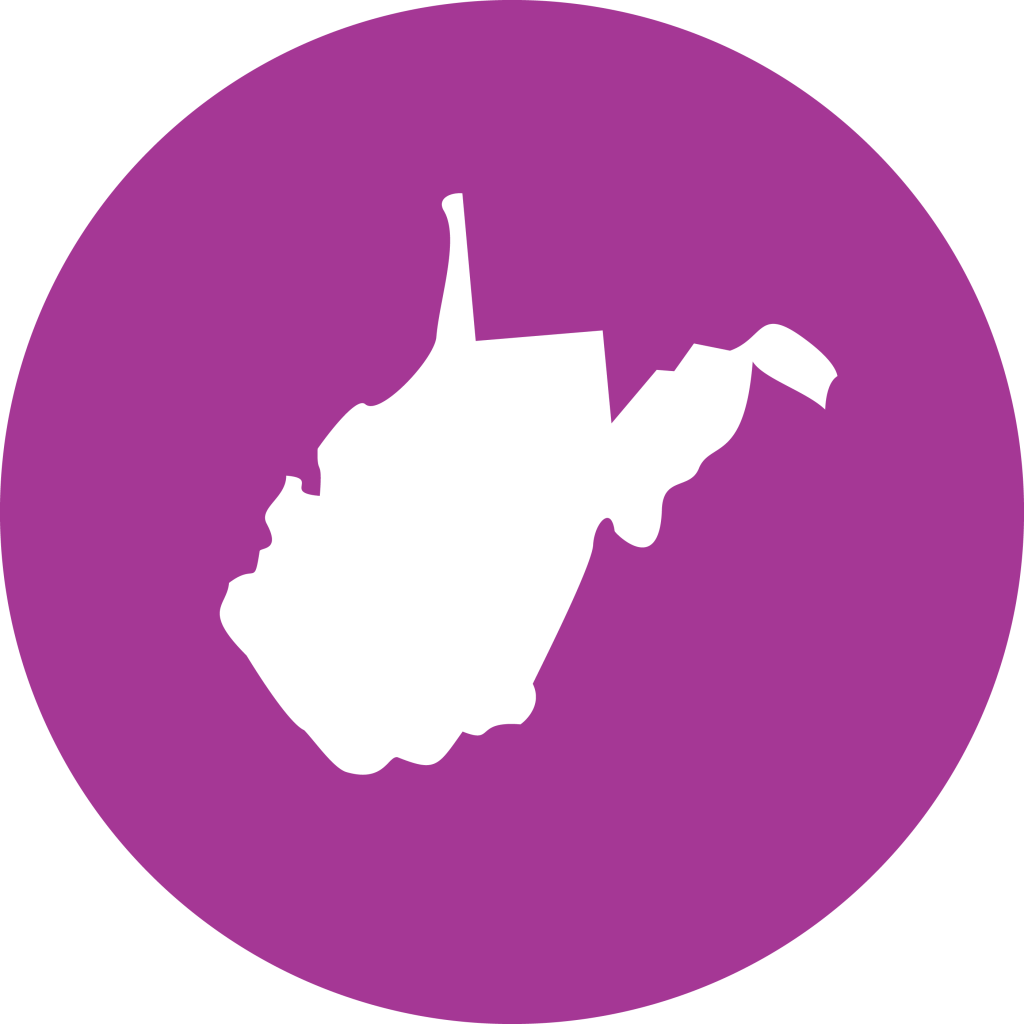Polling
Voters are united in their desire for early childhood education to remain a priority for policymakers in Congress and the administration.
Here are 5 things to know about voter support for child care and early learning programs.
- Nine in ten Republicans (91%) think it’s a problem or crisis that Americans can’t afford child care, along with 91% of Independents, and 97% of Democrats.
- Voters also say improving access to affordable child care will both help lower costs for working families (85%) and improve the overall economy (71%).
- The Child and Dependent Care Tax Credit (CDCTC) is the most popular child care-related tax credit, with 86% saying they support increasing the CDCTC, including 83% of Republicans, 83% of Independents, and 91% of Democrats.
- A wide majority of Republican voters (72%) say increasing federal funding for child care is an important priority and a good use of tax dollars, as do 70% of Independents and 90% of Democrats.
- The vast majority of voters (75%) believe these proposals will increase quality child care options for families, who currently don’t have the choices they need. This includes 71% Republicans, 75% Independents, and 80% Democrats.
Click here for the latest polling!
Learn more:











